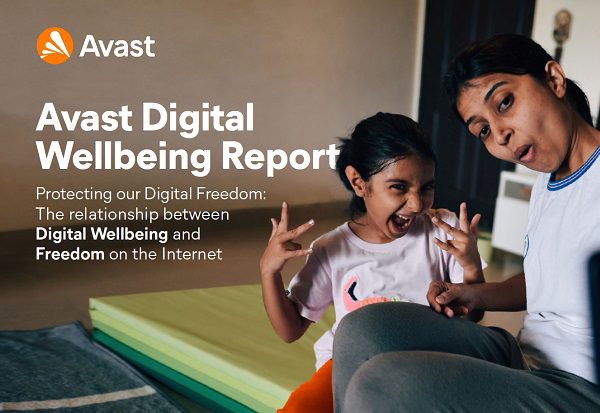Over the last two years, the Covid-19 pandemic has had an unprecedented impact on the wellbeing of internet users across the world.
As social distancing was adopted and most face-to-face economic activity came to a halt, many people found their lives changed from one day to the next as they started fully working, socializing, and living online.
This sharp increase in the use of the internet, however, also led to a rise in malicious online activity including large scale data breaches, online scams, and other cyber-attacks: At the same time, the world has seen an unparalleled spread of misinformation online since the start of the pandemic. The FBI reported a 400% increase in reports of cybercrime in the first month of the pandemic and a 7% increase in cybercrime reports in 2021 compared to 2020. The World Economic Forum (WEF) also estimated that in the first six months of 2021 alone, the global volume of ransomware attacks against companies, or malicious software attacks, rose by 151% compared to 2020. Avast further observed a 20% increase in ransomware attacks against its customers globally at the beginning of the pandemic, as well as a large increase in Covid-19 related scams such as websites selling coronavirus related medicines, fake pandemic guides, and malicious applications for mobile phones.
Other factors have contributed to the recent rise in malicious activity targeting internet users. The recent Russian invasion of Ukraine which began in February 2022, also generated an increase in scams related to the conflict like fake calls for donations generated on social media. The success of criminals operating online is often improved by adapting their tactics to take advantage of world events; such tailoring allows them to reach more people just as marketers seek to do…


